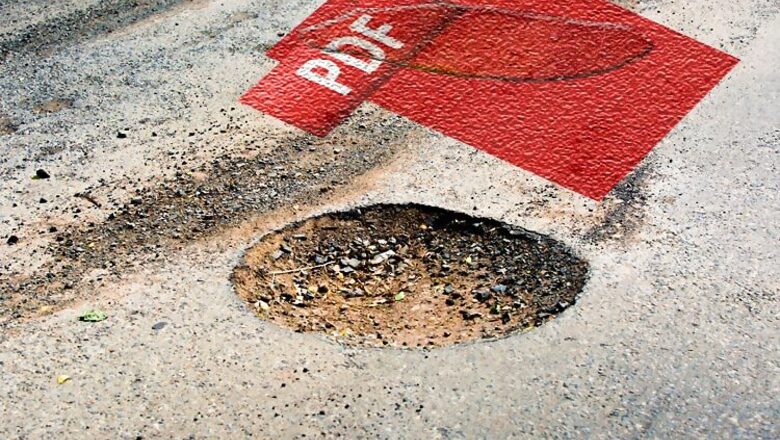
views
Digital India is getting a welcome heave but hiding behind the hype are the patchwork covering the potholes on the information highway.
Sam Pitroda, a name often associated with India's digital revolution, stresses that Digital India is only a repackaging of the projects and programs of the last ten years. If that is so, this also means that this 'new' initiative also carries along the limitations of its predecessor.
The principal idea behind this much-discussed digital governance push that we have seeing clambering since advent of the Internet in India is to get rid of the paper file. An idea that digital advocates would readily subscribe to.
But what have we got in place of the paper file? A PDF.
The PDF (Portable Document Format) is essentially the digital equivalent of the paper file and therefore also carries along many of the inadequacies that we associate with paper to the digital realm.
Many government departments appear to have equated digitisation with PDF-isation. They scan paper documents into PDFs and post them on the website and believe that the digital goals have been met. Much of it isn't even searchable.
A simple Google search tells us that there are 148 million PDF files residing on the gov.in domain and another 121 million on the nic.in domain. And not all government websites are on the two second-level domains.
Even www.digitalindia.gov.in - the website that is the face of India's new digital revolution - isn't unnecessary PDF-free. The same holds true for the Prime Minister's website as well as Narendra Modi's.
PDFs have come a long way since the early 1990s and now Web browsers also natively support PDFs without the need of additional software but the purpose of the PDF is still different from what our officials believe it to be. PDF is ideal when something needs to be printed or digitally signed but not necessarily for information dissemination.
Digitisation is about flexibility and accessibility and the PDF isn't the ideal way to achieve this (even though it is sometimes the easier route to take). This can be achieved with plain simple HTML better. Much better.
Also contrary to popular belief, the PDF isn't an ebook format. PDFs are about fixed layouts and are therefore incongruent with modern-day portable devices (Someone please inform the Press Information Bureau (PIB) about this).
PDF is often used as a shortcut and Digital India shouldn't be built on shortcuts.
We know what happens to our patchworked highways when the monsoon arrives.




















Comments
0 comment